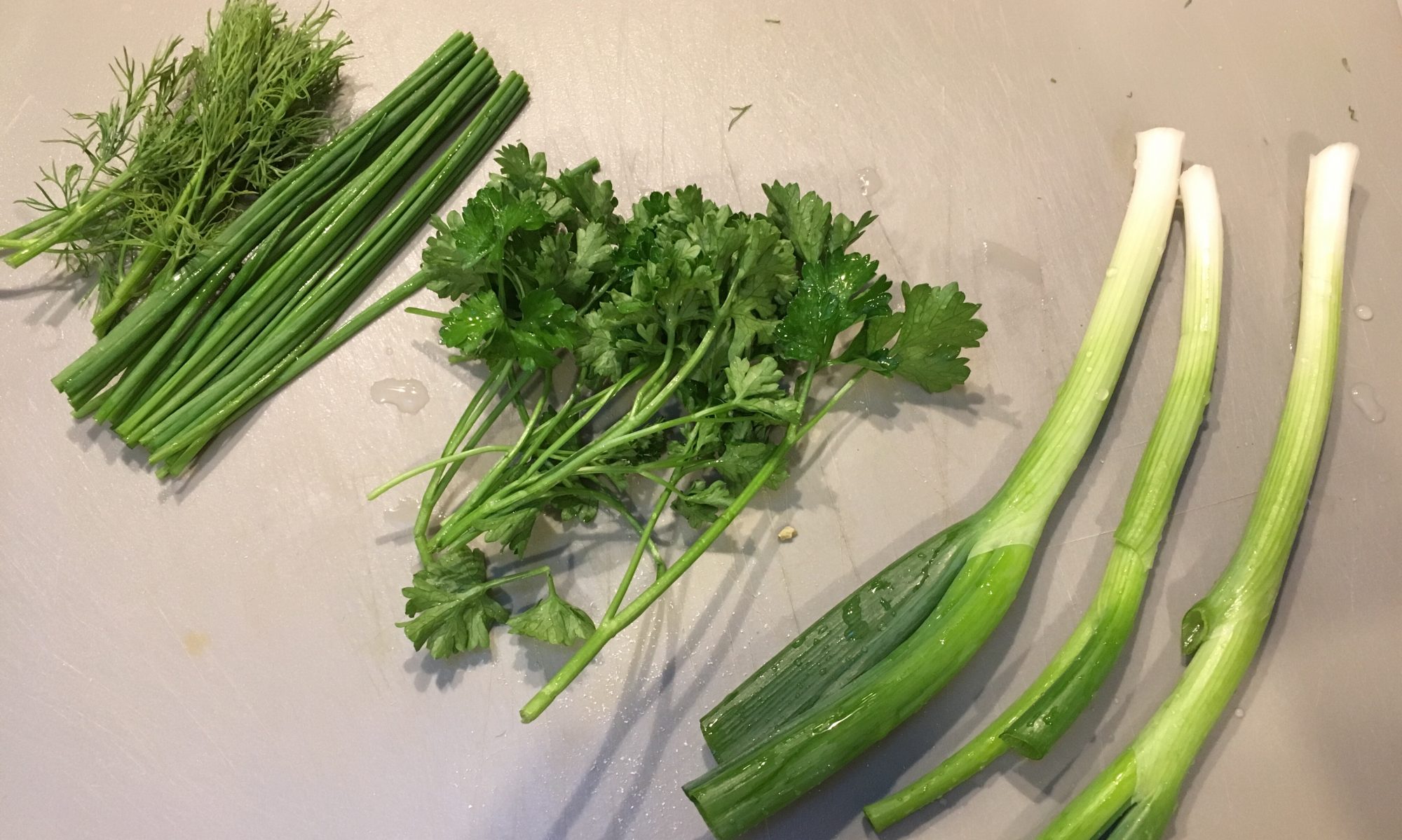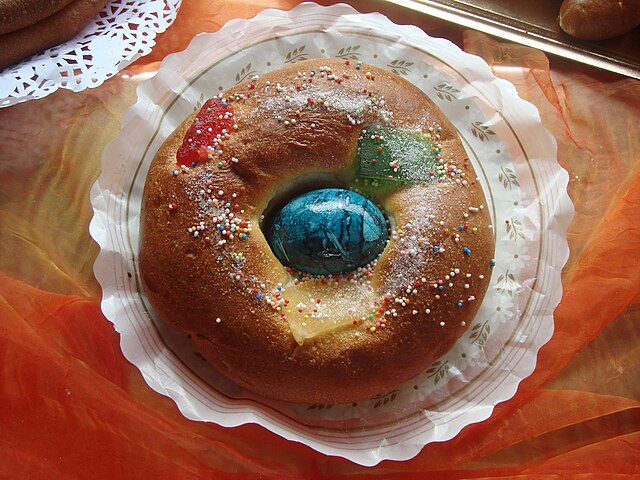While the Fallas festival in Valencia is quite well-known, the Sant Antoni (Saint Anthony)’s celebrations are less flamboyant, more inward looking. A domestic affair, say, for the locals and by the locals.
Happening around the 17th of January, it is a very unassuming celebration: there is a parade where people bring their animals to church to get a blessing, there will be a small market called “porrat” with stalls selling, amongst other yummy things, delicious nuts, figs and confectionery based on those (which are also called “porrat”), and finally one or more bonfires will burn and light up the dark January night, spreading the aroma of pine wood all around the neighbourhood.
All good things!
Continue reading “Pa de Sant Antoni (Saint Anthony’s bread)”









